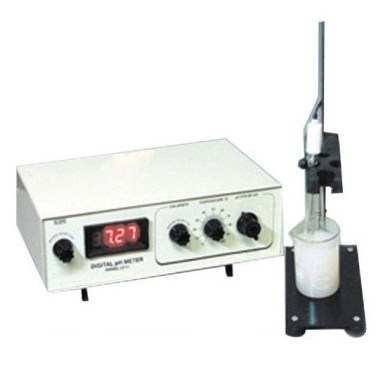
Why you should have pH meter in your laboratory?
In every laboratory in this world, having a pH meter is quite crucial. Though it isn’t shines in the spotlight of the most important lab instruments, its presence somehow makes a lot of changes. But what is a pH meter, first of all?
A pH meter is an electronic man-made device made for checking the hydrogen-ion activity or in simple words, to check the alkalinity or the acidity of a chemical substance. For instance, if you want to know the fertility of soil, you will have to check if it is acidic or alkaline. For this, you require the pH meter.
Now why do you require a pH meter?
~ You need this small yet largely significant instrument to monitor various parameters in different fields like chemical industry and in processes like electroplating etc.
~ It is also useful in cyanide destruction, neutralization of effluents, production of pulp and paper.
~ It’s quite amazing that its uses also spread to the biotechnology, petrochemical and pharmaceutical industries.
~ It aids in analyzing the exact level of pH value of various chemical substances. This is to make sure that there are high levels of proper safety and good quality.
Since we know that pH meter is quite necessary for various procedures, it needs to be calibrated regularly for getting the proper readings. First you need to make sure that the electrode is cleaned. The pH meter has to be warmed up enough to start calibrating. Do not start calibrating your pH before rinsing it. Also do not touch the electrode too much as it has a sensitive membrane around it.
We know that a pH meter has a digital meter and an electrode to detect the level of any sample.
So how do you calibrate? You place the clean electrode in the sample, click on the measure button and then just place the electrode in the beaker which contains the sample. You should leave the electrode for 1-2 minutes.
This is how you can get the readings, calibrate and use the pH meter for a better use!